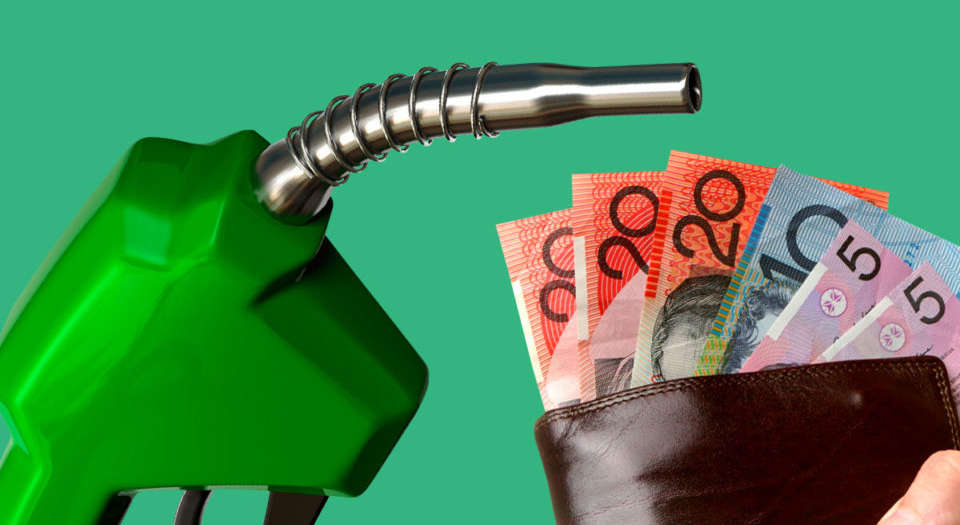The annual rate of inflation has soared to 3.8 per cent following a jump in fuel prices.
The Australian Bureau of Statistics said the consumer price index rose 0.8 per cent in the June quarter.
“Rising fuel prices accounted for much of the increase in the June quarter CPI, with prices surpassing pre-pandemic levels,” ABS head of price statistics Michelle Marquardt said on Wednesday.
Fuel prices rose 6.5 per cent in the quarter, while there was also a 2.4 per cent increase in medical and hospital services, reflecting the annual increase in private health insurance premiums.
Electricity prices also rose 3.3 per cent due to the unwinding of West Australian pandemic relief payments.
The annual rate is well above the Reserve Bank of Australia’s two to three per cent inflation target.
But the central bank has been anticipating such a spike, which is also partly a response to last year’s recession-related price slump.
The RBA expects inflation will be back below two per cent by the end of the year.
As such, RBA governor Philip Lowe won’t be reaching for his interest rate lever to stem the tide, being more concerned about the economic damage virus lockdowns have done.
The NSW government has extended its lockdown by another month until August 28, putting further strain on the national economy.
Economists are already expecting the economy to contract in the September quarter as a result of the lengthy Sydney restrictions as well as expired snap lockdowns in Victoria and South Australia.
The Commonwealth Bank is now forecasting a massive 2.7 per cent contraction, while the unemployment rate is expected to jump from 4.9 per cent to 5.6 per cent by October.
“It is the inevitable consequence of shutting down large parts of the economy,” CBA head of Australian economics Gareth Aird said.
He is not expecting any meaningful rebound in the economy until November, resulting in the December quarter only partially recovering by 1.9 per cent.
CPI rises 0.8 per cent in June quarter
Consumer Price Index – up 0.8 per cent in quarter (up 3.8 per cent annually)
Transport – up 2.8 per cent (up 10.7 per cent, due to higher fuel prices)
Health – up 1.5 per cent (up 4.8 per cent)
Furnishings, household equipment and services – up 1.1 per cent (up 16.9 per cent, reflecting the end of pandemic free child care)
Food and non-alcoholic beverages – up 0.5 per cent (up 0.7 per cent)
Alcohol and tobacco – up 0.4 per cent (up 6.7 per cent)
Clothing and footwear – up 0.4 per cent (up 0.3 per cent)
Insurance and financial services – up 0.3 per cent (up 0.6 per cent)
Housing – up 0.3 per cent (down 0.2 per cent)
Communication – down 0.6 per cent (down 1.3 per cent)
Recreation and culture – down 0.1 per cent (up 2.5 per cent)
Education – unchanged (up 3.7 per cent)


